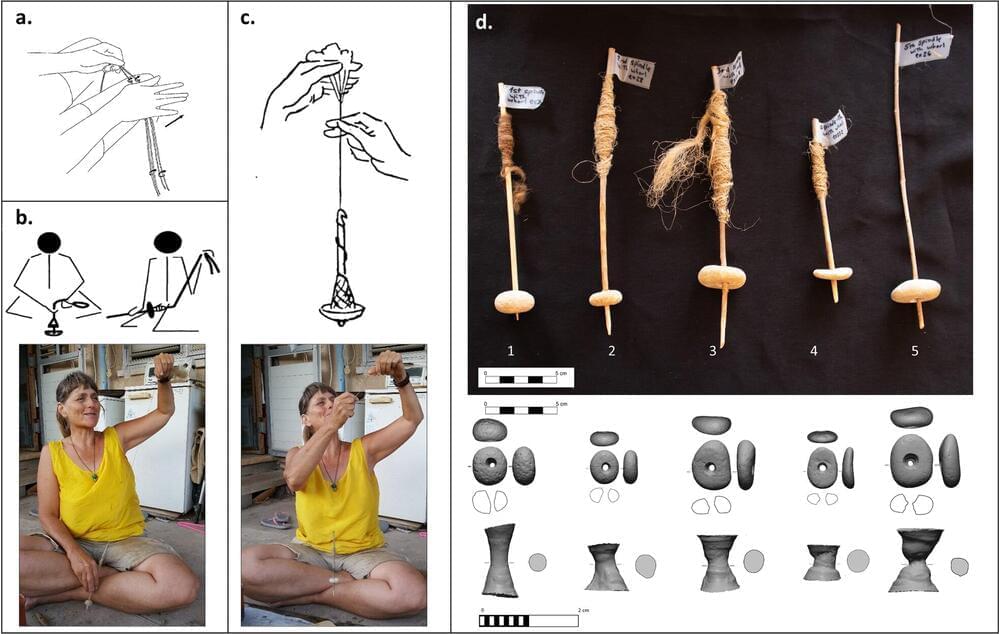The Higgs boson is often referred to as the “God particle” due to its crucial role in our understanding of the mass of elementary particles. Discovered in 2012, it remains at the forefront of many research endeavors in physics. Recently, researchers at the Max Planck Institute have made significant advances in measuring its interactions with other particles, opening up thrilling new possibilities for the future of science.
In the Standard Model of particle physics, the Higgs boson plays a key role in giving mass to particles. To fully grasp how this occurs, it’s important to revisit the concepts of the Higgs field and mechanism.
Think of the Higgs field as a sort of invisible network or mud that fills the entire universe. This field, teeming with Higgs bosons, is present everywhere, even in a vacuum. When a particle moves through this field, it interacts with it. The Higgs mechanism essentially explains how this interaction with the field endows particles with mass.








